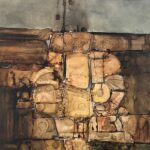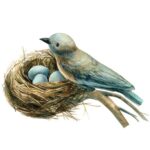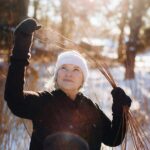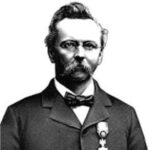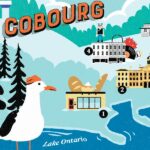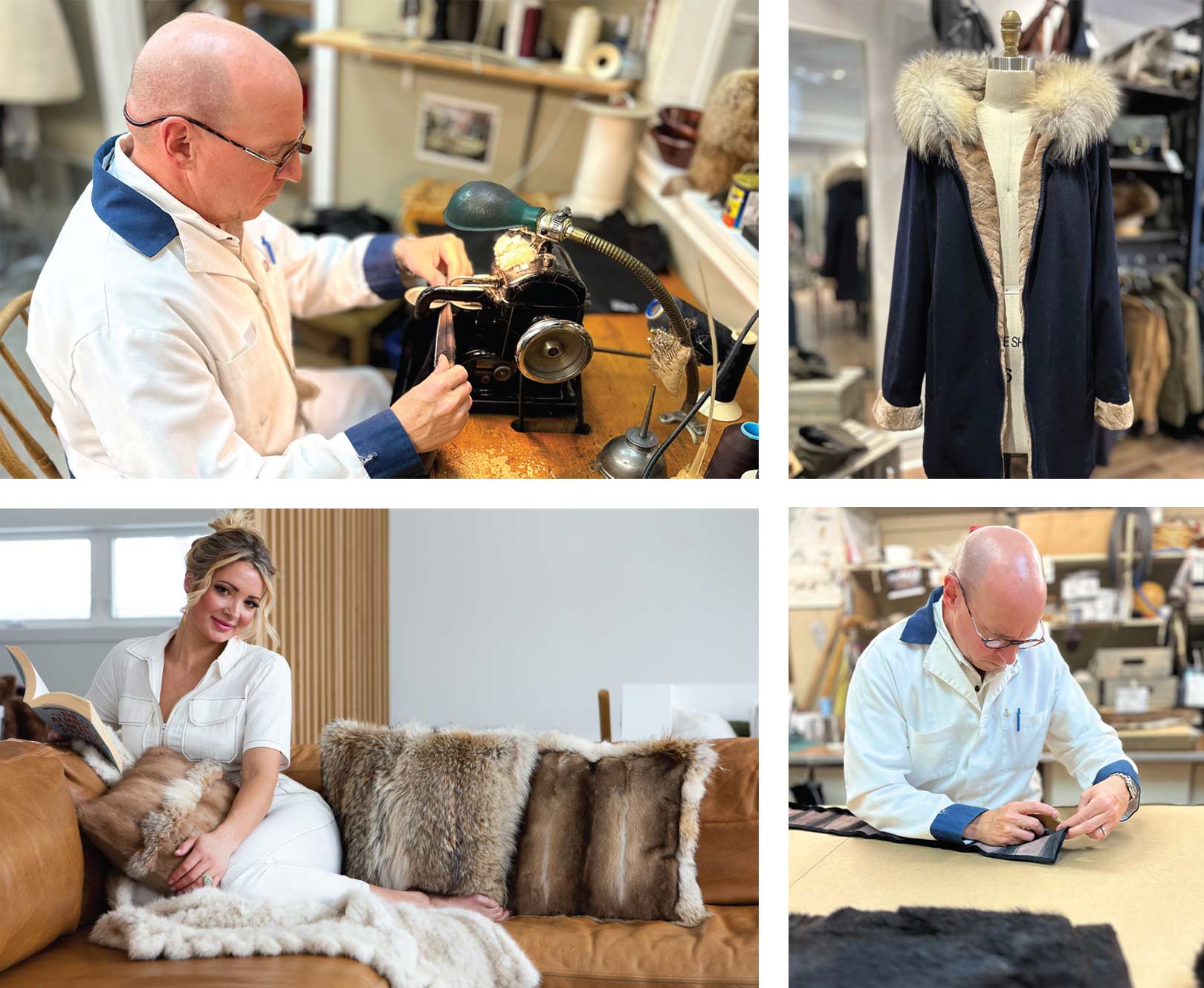
Cahill’s turns heirloom family coats into modern luxury items
The historical roots of Rob Cahill’s business run deep. The fur trade started in Canada almost 400 years ago, when beaver pelt hats were all the rage in Europe. It was an era when French coureurs de bois made their way from Hudson Bay Company post to post, trading with Indigenous people, exchanging European goods for bales of furs. The trade waxed and waned over the years and gradually declined late in the 20th century as fashions changed; but it truly collapsed over the past 20 years as anti-trapping activists and animal-protection groups focused on halting the wearing of fur. Haute couture designers no longer include furs in their offerings, and many owners don’t dare wear their coats in public.
Not surprisingly, the number of furriers has declined across the country. But furs have played a major role in the Cahill family for more than 70 years and Rob Cahill decided he wasn’t going to give up his family legacy.
Rob Cahill decided to focus on helping families maintain their connection to beloved furs by redesigning them or turning them into other products.
So, for the last few years, he has focused on a brand he calls Further Upcycled, which aims to turn treasured family coats into updated clothing or home décor items: throws, blankets, pillows, or even teddy bears.
The Cahill family connection to the fur business started in England when Rob’s father Bernie was a teenager delivering furs by bicycle in Southport. Eventually, Bernie became an apprentice furrier, and in 1957 he moved to Canada, where he continued to practice his trade in shops in Montreal and Toronto. He had a variety of jobs in the fur business and moved to Peterborough in 1975 with his family of three young boys to manage a local company. In 1977 he started his own firm, Bernard Cahill Furs Inc.
“The late 1950s and 1960s were good times, because furs were the best quality, warmest winter coat you could get, before the synthetics really took over,” Rob Cahill says during a chat in the cutting room at his store in downtown Peterborough. “Anybody that had the means to get one had one.”
In 2007, Bernie who was active in the community and had been a city councillor and Rotary Club president, died of cancer, and his sons carried on the business.
Jamie and Rob had learned the fur trade by working in the family business. Rob got a degree in environmental studies at Trent University, but never really left the fur business. He was head of the Fur Institute of Canada for 10 years and was leading North American Fur Auctions until it ceased operations in 2020.
At that point Jamie was ready to retire, but Rob decided to carry on the Peterborough business, albeit by focusing on new products based on ideas he had developed over the years.
“A study I did when I was at the Fur Institute in 2012 found that one third of all Canadian homes had a fur coat in the closet,” Rob says.
Many people love those coats and have fond memories of how much they meant to their mothers, but they’re reluctant to wear them in public. Even if they wanted to wear them, in most cases the coats are unfashionable now and would require costly redesigning and refitting.
Rob decided to focus on helping families maintain their connection to beloved furs by redesigning them or turning them into other products.
“People don’t typically throw their furs out, because they’re valued and there’s such an association with a family member,” Rob says. “You’re seeing more of them in vintage stores, or people are selling them online.”
Rob gets phone calls and emails almost every day from someone wondering what they can do with a family fur. He’s using his company website, cahills.ca, and his Instagram feed as marketing tools to show dozens of different products that can be created from furs – from luxury coats with a waterproof cashmere exterior lined by furs to blankets woven from thin strips of fur.
“Our focus over the last four years is rebuilding these furs into something very contemporary and usable in fashion or home décor,” he says. Rob says 80 percent of his work is repurposing vintage furs and 40 percent of that number is home décor products.
He points out that furs are the opposite of the current trend to fast fashion, which sees cheap clothing worn a few times, then tossed into the garbage. Furs can last two or three generations. “We’re getting coats back now that my brother and dad made in the 1990s. We redid a coat belonging to the mother of one of our customers, and when she put it on, she said, ‘Ah, I feel like Mom’s giving me a hug now,’ and I almost wanted to cry,” Rob says.
Fur products are not cheap, largely because making them is labour intensive. He gestures at a vest that is on a mannequin he’s working on. When he’s done, a 1950s lambswool coat will be turned into a vest with a cashmere exterior, lined with the wool and tapered with a modern look. The transition will cost about $2,000.
Fur coats will last years, but only if they are properly cared for; they don’t survive heat and moisture. The basement of Cahill’s store includes a climate-controlled vault with a fire suppression system that’s home to about 1,000 coats, many belonging to customers who store them in the summer, but hundreds more belonging to the company.
When Rob Cahill first came back to take over the store, he thought about those coats in his inventory and recognized the changing tastes in today’s world. He realized there were new design and upcycling possibilities in the marketplace.
Rob has a clear vision of what he’s offering his customers.
“I’m not selling fashion. I’m not selling luxury. I’m selling beautiful things that have been in families for generations.” And Rob Cahill continues to recreate treasures that will keep people warm, treasures that will be appreciated for years to come.
Story by:
Art Chamberlain
